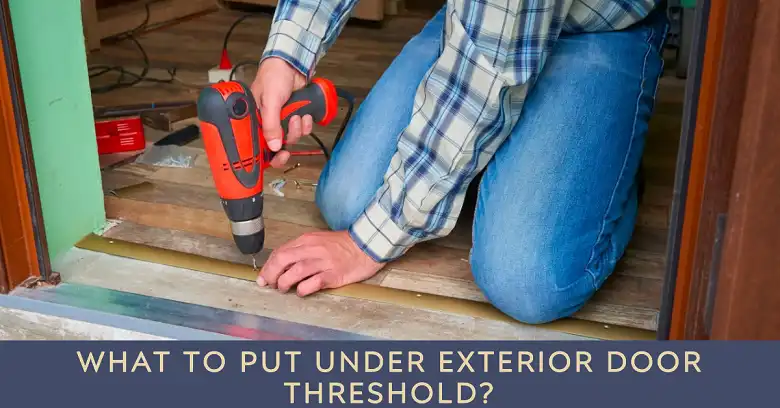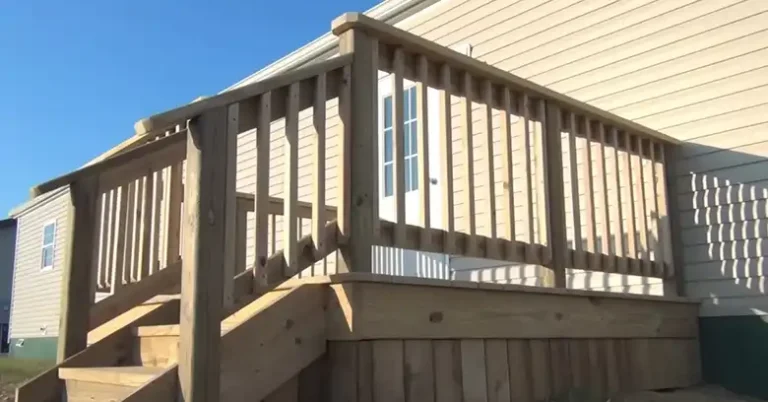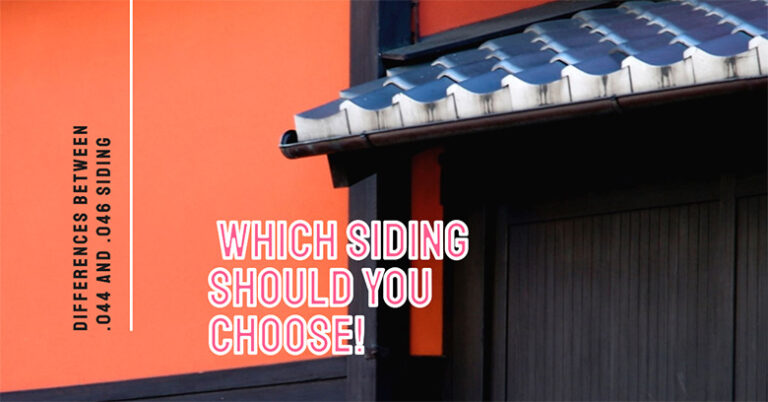What to Put Under Exterior Door Threshold?

The exterior door threshold is a critical component of your home’s entryway, serving as the first line of defense against the elements. It prevents water, debris, and pests from entering your home, protects your flooring from wear and tear, and plays a crucial role in improving energy efficiency. When considering what to put under an exterior door threshold, it’s essential to choose materials that provide stability, protection, and longevity.
The primary answer to the question “What to put under exterior door threshold?” is a combination of weather-resistant materials such as pressure-treated lumber, composite materials, or PVC boards, along with waterproofing elements like sill pans and flashing. These materials create a solid, water-resistant foundation for your threshold, ensuring its longevity and effectiveness.
What Do You Need to Consider When Choosing Materials and Thresholds
Before diving into the specifics of threshold materials, it’s crucial to consider several factors that will influence your choice:
Door Type
The type of exterior door you have will impact the threshold requirements. Swinging doors, sliding doors, and French doors all have different needs. For instance, sliding doors often require a lower profile threshold compared to swinging doors.
Flooring Material
The material of your interior flooring should be taken into account. Hardwood floors may require a different approach compared to tile or carpet, especially when it comes to height differences and moisture protection.
Climate and Weather Conditions
Your local climate plays a significant role in material selection. Areas with high rainfall or frequent snow will benefit from more robust waterproofing measures, while dry climates may prioritize dust and pest prevention.
Aesthetic Preferences
While functionality is paramount, the visual appeal of your threshold shouldn’t be overlooked. The threshold should complement your door and overall home aesthetic.
Building Codes and Regulations
Local building codes may dictate certain requirements for exterior door thresholds, particularly regarding water resistance and energy efficiency.
Accessibility Requirements
If accessibility is a concern, consider ADA-compliant thresholds that provide easy passage for wheelchairs or walkers.
What Materials Can You Put Under Exterior Door Thresholds
Pressure-treated Lumber
Pressure-treated lumber is an excellent choice for the base material under your threshold. It resists rot and insect infestation, making it ideal for ground contact. Pressure-treated lumber has a lifespan of 20-40 years when properly maintained and costs approximately $2-$5 per linear foot.
Composite Materials
Composite materials offer the look of wood without the maintenance. They’re resistant to rot, insects, and moisture. Composite materials have a lifespan of 25-30 years and cost around $4-$7 per linear foot.
PVC Boards
PVC boards are completely waterproof and resistant to rot and insects. They’re an excellent choice for areas with high moisture. PVC boards have a lifespan of 30+ years and cost approximately $3-$6 per linear foot.
Concrete Base
For ground-level installations, a concrete base can provide a solid, long-lasting foundation for your threshold. Concrete has a lifespan of 50+ years, with costs varying based on project size and complexity.
Additional Protective Measures for Exterior Door Thresholds
Apart from the materials that you put under the exterior door threshold, you need to take some additional protective measures. For starters, a waterproof membrane acts as an additional barrier against moisture. It is typically installed beneath the thresholds and extends up the sides of the door frame.
Apart from a waterproof membrane, you can also use still pans that are pre-formed trays that sit under the door threshold. They collect any water that may seep past the threshold and direct it back outside. Sill pans can prevent up to 90% of water infiltration through the threshold area.
Additionally, there’s also another kind of flashing called metal flashing that’s installed around the door frame to direct water away from vulnerable areas.
Bottom Line
Choosing the right materials to put under your exterior door threshold is crucial for protecting your home from the elements, improving energy efficiency, and ensuring the longevity of your entryway. By considering factors such as climate, door type, and building codes, and by following proper installation and maintenance procedures, you can create a durable and effective threshold that will serve your home for years to come.




